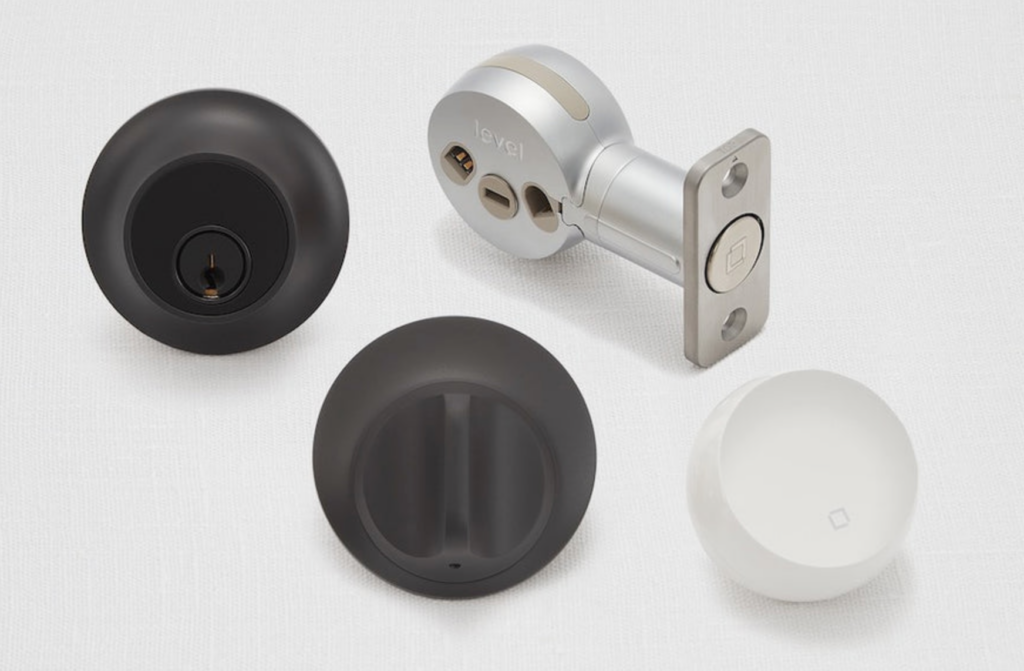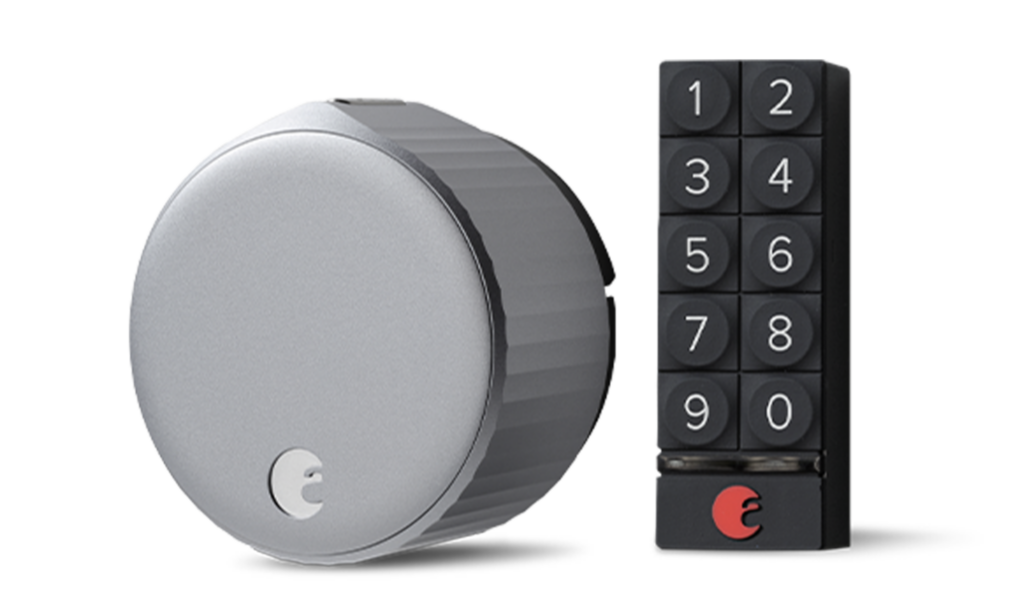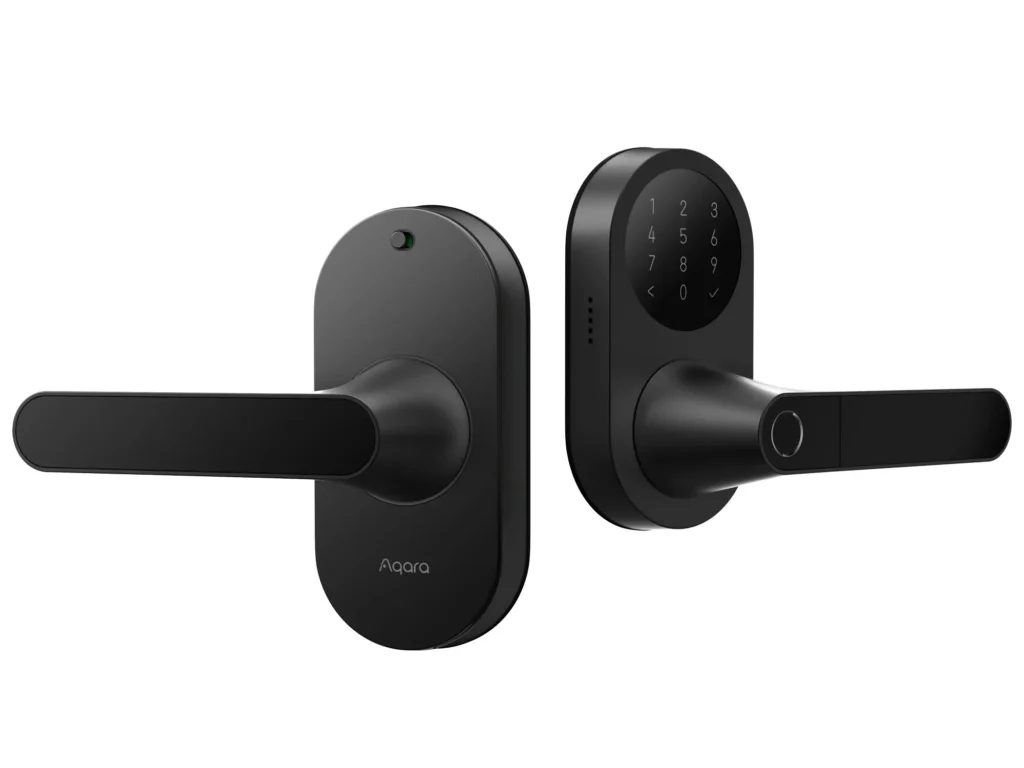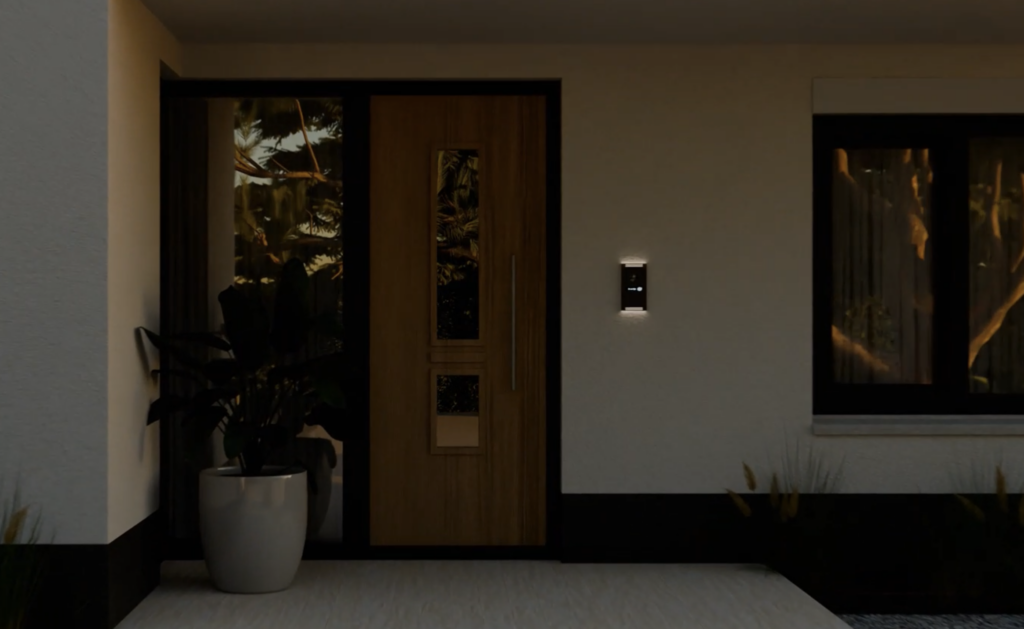I have been trying to improve the user experience (UX) at home for years. As you may know, the UX is determined by almost every facet of a product, and the same is true for your house. The most obvious aspects to consider is the use of space and colours, but from the 1970s we got general wireless home automation that allowed us to control things such as lights and power outlets. Since then however, we have seen the introduction of internet connected devices which meant devices in our home could access remote data and devices. This Internet of Things (IoT) allowed us to control devices from anywhere, but more importantly, things like our thermostats could access weather data to improve performance, making our house behave “smarter”.
In 1999 the KNX royalty-free open standard for wired communication was established. It allows for commercial and residential building automation of things such as lights, blinds, energy, heating controls and more. There is a bridge that you can use to integrate KNX control with HomeKit and Google Home (but I’ll write more about this later).
When Philips in 2012 introduced their Apple compatible Hue smart lighting system, I decided to join the fray. Their product range was limited however, so I started mixing in other brands, which quickly became messy as they all used their own apps to control the hardware. Apple HomeKit introduced in 2014 helped in this regard, as Philips Hue, IKEA and Meross would all eventually support it; letting us control everything from any Apple device in the house—either using an AppleTV, HomePod, iPhone, Watch or iPad.
The devices from the different brands would for the most part still not be cross-compatible, which resulted in the bigger brands announcing in 2019 a joint effort to develop a new data protocol specifically for interconnected devices. The new protocol called Matter was released three years later in October 2022:
- Matter is an open-source standardised data protocol for devices—it’s the application layer protocol. For communication, it uses a network protocol like Wi-Fi, ethernet or Thread.
- Thread is a low-power wireless protocol similar to Wi-Fi, specifically developed for communication between low-bandwidth smart home devices—it’s a network layer protocol using IP6 to create a hub-free mesh network. Wi-Fi or ethernet is still needed for higher bandwidth data like streaming. There is an open-source implementation of Thread released by Google.
Now that Matter is supported by seemingly all the big tech companies, I think it is safe to assume that we will see more devices supporting Matter going forward. This is because it allows us to mix devices from different brands, while retaining compatibility, making it much easier for consumers to enter the market—attracting even more manufacturers.
In addition to ensuring cross-brand compatibility, devices supporting Matter over Thread will to my knowledge, communicate more efficiently compared to the alternatives, resulting in less power-hungry smart devices in our homes. This is of course a good thing for battery driven and always-on devices.
If you have a mix of devices using Thread and Wi-Fi, you’ll need a hub to bridge communication between your devices. Apple HomePods and AppleTV are examples of such hubs.
Selecting Smart Devices
A useful approach for selecting a smart product is to create a list of minimum requirements, allowing you filter out the devices that do not qualify. Here are mine:
- HomeKit support, and for smart locks it should also support Apple home key (allowing me to easily unlock with my watch).
- No subscription required.
- Matter certified so the house doesn’t lock the user to a proprietary hubs.
- Preferably:
- Grid powered.
- Properly fixed to a surface, not just stuck with tape.
- Not require a native app for setup.
These requirements I’ll use for all the smart devices.
Smart Lighting
When it comes to lighting, I have so far tried a couple of things:
- Smart outlet on a non-dimmable lamp. This means the light doesn’t have a traditional wall switch, and is only operated by a screen based controller, some automation or voice.
Of course it doesn’t have to be a smart outlet. It could just as well be a relay switch on the wall. Common for both though, is that they both make a distinct click when toggling the light. - A battery operated and silent in-wall smart switch combined with smart bulbs is a nice combo. It allows me to keep the familiar light switch on the wall and still have the light fade in and out when using the switch.
In my home office I also use a motion sensor to turn the lights on, but not to turn the lights off—preventing the sensor from turning off the light while I’m sitting still at my desk. When I leave the room I flip the switch. Convenient. - Outdoor motion sensor turning on the lights in the entryway, patio and gate when someone approaches the house. This is very nice; I love the warm welcome.
I do the same when leaving the house, with indoor motion sensor the lights in the entryway, patio and gate turn on when I’m getting dressed to head out.
The nice thing about dimmable bulbs is that they can fade in and out, which is why all my future light bulbs, smart or not, will be dimmable. And I make sure all the LED lights I buy are flicker free LED lights; I’m actually surprised how common it is to see flickering LED lights both inside and outside (check with a high speed camera).
Currently I have more Philips Hue light bulbs than any other brand, as I assumed it would make things easier to not mix things up, but then when they don’t work properly…
Philips Hue
Philips Hue light bulbs uses Zigbee, so to control them you’ll need their hub which is Matter certified. Their hub can then be pair to your HomeKit and other Matter compatible hub.
Lately however I have been having issues: the new bulbs did not appear in HomeKit, which eventually forced me to delete the pairing of the hub entirely. Since then, all attempts at pairing the hub to HomeKit has failed. Hue Support has not been able to help either, despite many emails and a factory reset of the Hue hub. Very frustrating. Especially considering the price of the bulbs; I think it’s fair to say that they are many times more expensive than other brands.
Smart Locks
A lot of exciting smart locks are available and even better ones in the pipeline.
When talking about smart locks, you should know about Aliro that is the CSA initiative to create a safe digital access control standard for smart locks. Development is currently targeting 2025, however this may change. About 12 of the foremost tech companies collaborate to develop the standard. Until Aliro comes around, we will rely on Matter and HAP (HomeKit Accessory Protocol) to securely unlock the door as needed when remote.
So far the following locks are my favourites:
Level Lock+ Connect
For a while, this was my top choice. The Level Lock is a smart, low-key and fully integrated lock that leaves your door unchanged.
Like all of the smart locks I’ve discovered so far it is battery operated. The location of the battery makes me feel it wouldn’t be an issue. Especially since I can always use the key.

Notice that there is no branding on the device. Just a logo on the lock bolt itself, which is such a tasteful choice. That being said, that Level decided to save money on the lock cylinder itself which is a big disappointment considering the high price of the product.
The lock however, is currently not available in the UK.
Bold
This is a nice smart lock. It is a bit similar to August series, but I like that the Bold lock simply engages the knob on the outside, leaving the user to turn it. This saves battery and should make the entire construction less likely to fail.
I have not held it in my hands, but the build quality seems top notch.

Sadly, it does not have Apple HomeKit or home key support. I am forced to use their app. It does have an Apple Watch app, but still not good enough.
Bold could add support for HomeKit and home key to their hub, with a wireless keypad with a fingerprint and NFC reader, but based on my communication with them, this seems unlikely.
The fact that it removes the keyhole from the outside did not concern me, though it may be a bit risky for households with only one entrance.
August Wi-Fi
I have seen this lock on hotels and AirBnB. It works well, and is now available in a Wi-Fi version.

Sadly the keypad looks like a toy. Not nearly as good looking as the lock itself. It also doesn’t support Apple home key.
If their next lock were to use Matter over Thread, and come with a better looking keypad (with a finger print reader, NFC scanner and support for Apple home key)—the lock would be a winner!
Aqara N100 Zigbee
Moving on from the Bold, the Aqara N100 Zigbee caught my eye. It checks all the boxes, for rated to handle the weather. I was however, unable to track it down here in the UK.

I like the all-in-one design and of course the premium finish.
Recently however, I have discovered two upcoming smart locks from Aqara that are even more attractive, though for two different reasons: one is non-destructive and the other is more compact.
Aqara U200
The Aqara U200 is a good looking non-destructive smart lock mounted on the inside of the door, so the front remains unchanged. The lock is placed on top of the existing lock, and can just as easily be removed—reverting the door back to a regular dumb lock.

The lock requires a keypad on the outside to operate the lock, and I am not sure how that is installed. I get a sneaky feeling it isn’t done suing screws or similar.

This is their latest retrofit lock that currently has 2 hours remaining on Kickstarter campaign. What I like about this lock is that it can easily be removed with no damage to the door.
Aqara U300
When I discovered the U200, I shortly after came across the U300. A very attractive smart door lock that is weather rated for outdoors use.

It is not yet available for purchase, but it has been certified as a Matter device. I expect it to have all the same features as Aqara U200. I like that the finger print reader is located where it should be, on the handle itself.
Smart Doorbell
I would like a HomeKit enabled doorbell with camera. Many of these use a subscription to store the video captured.
So far, this is the best list for HomeKit compatible doorbells listed by iMore that I’ve come across. Below I’ll just mention the two extremes: the most expensive and the cheapest smart doorbell on the market.
Robin Proline HD Doorbell
This crazy expensive Robin Proline HD Doorbell consists of two parts, each of which can have a different color. In other words, you can probably find a color combination that works with your entrance.

The features of the doorbell itself seems to be nothing extraordinary, though the lack of details on the web page makes it hard to know for sure. I would have liked to know the aspect ratio and IP rating, and even a description of the bell button itself (is it a touch button?).

The housing features a subtle up and downward light that seems to be nothing more than a way to locate the doorbell. It’s cute, but you will most likely still want and need a proper light for your entrance.
If the price was reduced to €600 and the bell button was designed to look more like a traditional button, I might consider this.
With the current price however, I find it near impossible to justify the price. This doorbell costs about 5-10 times more than the average wired smart doorbell supporting HomeKit!
Aqara Smart Doorbell
This is on the completely other side of the spectrum regarding price. It costs about £100, which makes it 15 times less expensive than the Robin doorbell above!

The Aqara Smart Video Doorbell G4 has all the features you want, plus some more (offline camera capture, local storage, and more). I have it installed on my house, and so far it works great.
The plastic housing doesn’t feel cheap, though the bell button can at times have a bit of a plasticky click. On the other hand, you can press anywhere and the light looks really good. When movement is registered, the button lights up in blue. I like that.
The night mode may not be as good as on other doorbells, but our entrance is smart lit, which means the light turns on when someone approaches.
Overall, the design is clean and intuitive. The speaker, which doubles as the hub, is loud and clear. I like that it can be both battery powered and wired.
